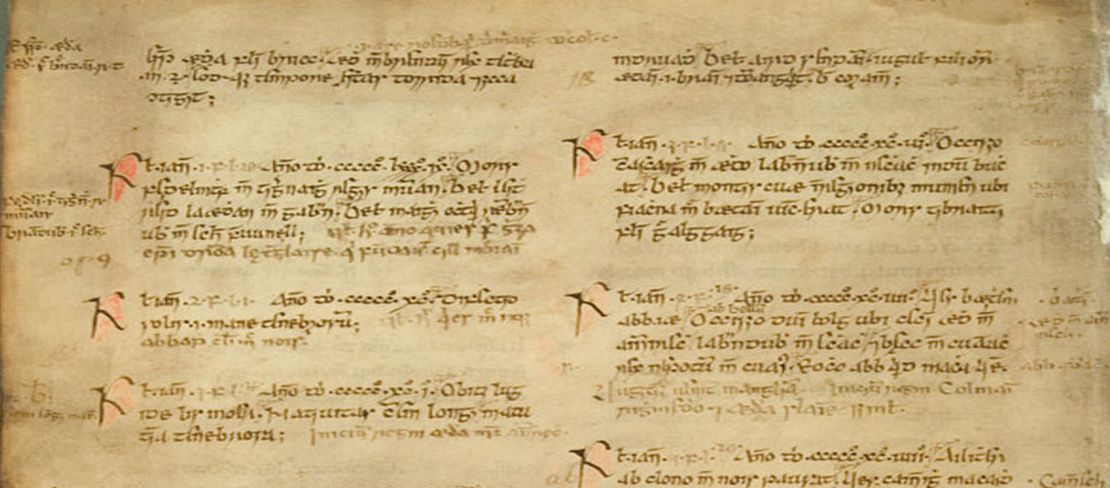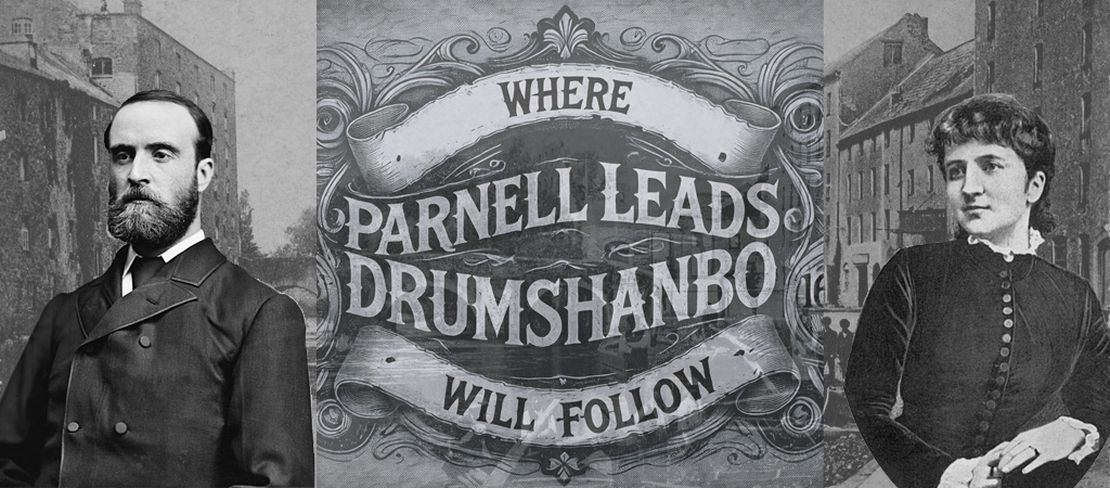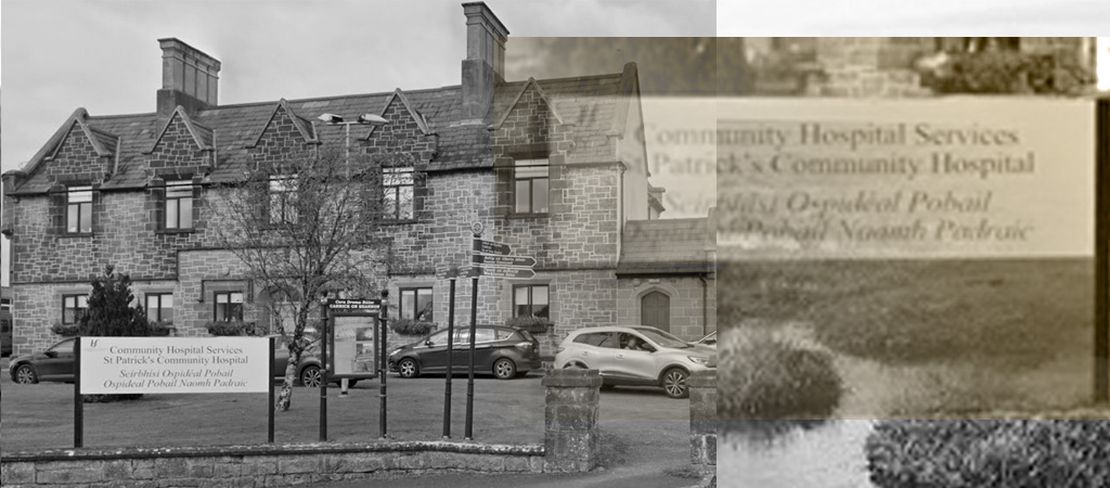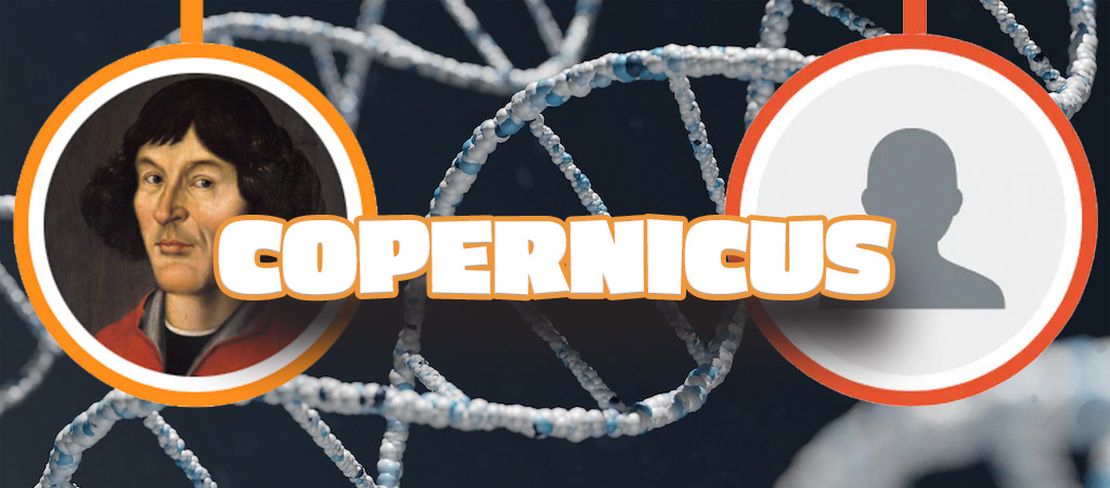
Copernicus
- Kevin McManus
- Connections
- July 1, 2022
Table of Contents
You (R-FT194071) and Copernicus (R-P310) share a common paternal line ancestor (R-P310) who lived around 2900 BCE (4,900 years ago).
Nicolaus Copernicus, a Renaissance mathematician, astronomer, and scholar, was best known for his model of the solar system in which the Earth and planets revolved around the Sun, rather than the Earth being the axis of the universe as was the belief at that time.
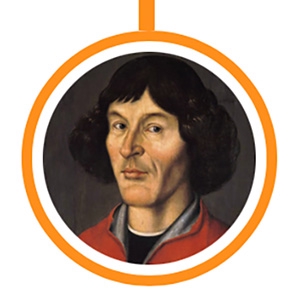
While he was not the first astronomer to propose a heliocentric theory, Copernicus’ system included more detailed formulas, including the concept that the length of planetary revolutions were based on their distance from the Sun. His book On the Revolutions of the Celestial Spheres, published not long before his death in 1543, launched what became known as the Copernican Revolution, and contributed to the Scientific Revolution of the 16th and 17th centuries.
Born in 1473 in Royal Prussia, which was at that time part of the Kingdom of Poland, Copernicus’ family can be traced to a village in Silesia near Nysa (Neiße). The village’s name has been variously spelled Kopernik, Köppernig, Köppernick, and is currently known as Koperniki, located in southwestern Poland.
When Copernicus was 10, his father died, and his maternal uncle, the Bishop of Warmia, played a paternal role in his life, making sure he received an education. After studying astronomy, mathematics, and painting at the University of Kraków, the young man received an appointment as a canon, or staff member, of a cathedral. He later studied canon law in Italy, as well as medicine, astrology, and several other subjects.
He died in 1543 and was buried at Frombork Cathedral in Poland. Bogdanowicz et al. 2009, studied the DNA from skeletal remains believed to belong to Copernicus. Matching DNA was also found in hairs discovered in a calendar that had belonged to Copernicus. His Y-haplogroup was estimated using a small number of Y-STR markers.
Information sourced from Biography.com.
